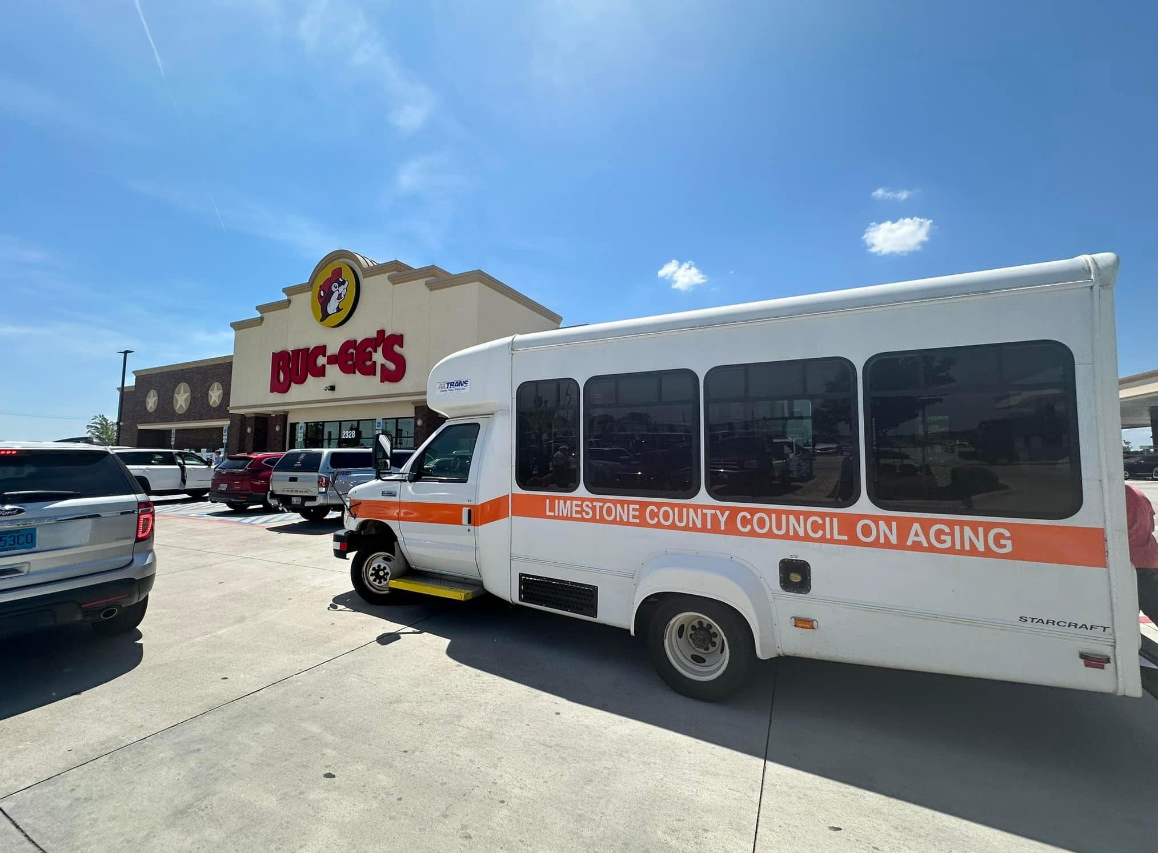The joy of bagels
Published 8:00 am Friday, June 4, 2021

- Jim Shultz
When I was a boy in California in the 1960s, my family was pretty much the only family I knew that ate bagels. That’s probably because we were Jewish and bagels are a Jewish thing.
Bagels are to the Jewish people what tacos are to Mexican people — an invention of food so awesome that everyone else just started eating them. But it was not always that way.
Even by the mid-1980s in the U.S. only one in five people had ever tried a bagel. They were mostly made in specialty bakeries that catered to Jewish customers. New York City, of course, was the bagel capital of America then, a place where those great round inventions, slathered in cream cheese, had already begun to seep into the rest of the culture.
Bagels arrived there like most immigrants did in the late 1800s and early 1900s, from eastern Europe. The reason bagels have a hole in the middle is that they were sold by sellers who carried them around on long sticks.
One of those immigrants was my Jewish grandmother, who came to the U.S. from Romania as a young girl in 1906. When I was growing up she got her bagels in Los Angeles from a Jewish bakery. There weren’t so many varieties then as there are now — no cinnamon raisin.
My grandmother, as I recall, preferred egg bagels (delicious). When I went to stay with her she often made her specialty, chopped liver, which we ate on the bagels toasted (also delicious).
The mass marketed bagels you see in stores today aren’t really bagels, to be honest. They are more like soft and flavorless Wonder Bread cooked to resemble a really large Cheerio.
At some point in the late 1990s, big national bread companies decided they could market bagels as a healthy alternative to doughnuts (as if people really just wanted to eat big circles of any kind). Nonetheless, mass bagels took off and today they are the most-sold bread product in the U.S., consumed by six out of ten of us who spend nearly $1 billion a year buying them.
Which brings me to Anne and Frank Rezarch, who just opened B & D Bagels on Main Street in Lockport, named for the original Erie Canal locks in the western New York city. Frank moved to Lockport from Denver two years ago and began dreaming of opening his own bagel shop. He named it after himself and his five-year-old daughter (B for MayBelle and D for Daddy).
Frank makes his bagels the old-fashioned way, and that is no easy chore. After you mix the dough you have to shape it into solid circles with solid holes and let it sit at a cold temperature for 12 hours. Then you have to cook it two different ways, first by boiling for 90 seconds, then by baking for 25 minutes.
Then they must be set out to cool.
The result is something chewy and glorious. Pop on a schmear of cream cheese and you have heaven in your hand. Our new bagel makers here in Lockport serve nearly a dozen different flavors, from plain to onion, from blueberry to chocolate chip, as well as specialty cream cheeses like chive.
And if the line curling out the door during its first days is any indication, Lockport is ready for B & D Bagels.
But Frank and Anne have given us more than just something good to eat. They have given us one of the greatest puns in Western New York. “Locks,” in the world of bagels, refers not to an elevator for boats but to a thin strip of salmon perched on top of the cream cheese with slices of onion and tomato added on for good measure: bagels and lox. Just imagine the possibilities: Lockport NY: Come for the locks, stay for the bagels! The pun possibilities are endless.
“I love bagels. I’m really obsessed with them,” Frank told me. He says he never could have afforded to open a business like this somewhere else. But in Lockport he found a space he could afford and a huge amount of help from the city and the local business association. “I am breathtaken with gratitude,” he says.
On behalf of all of us here in Lockport who are also obsessed with a good bagel, I say welcome B& D!
Jim Shultz is a columnist for the Lockport Union-Sun and Journal, and the founder and executive director of the Democracy Center. Reach him by email at: JimShultz@democracyctr.org.





